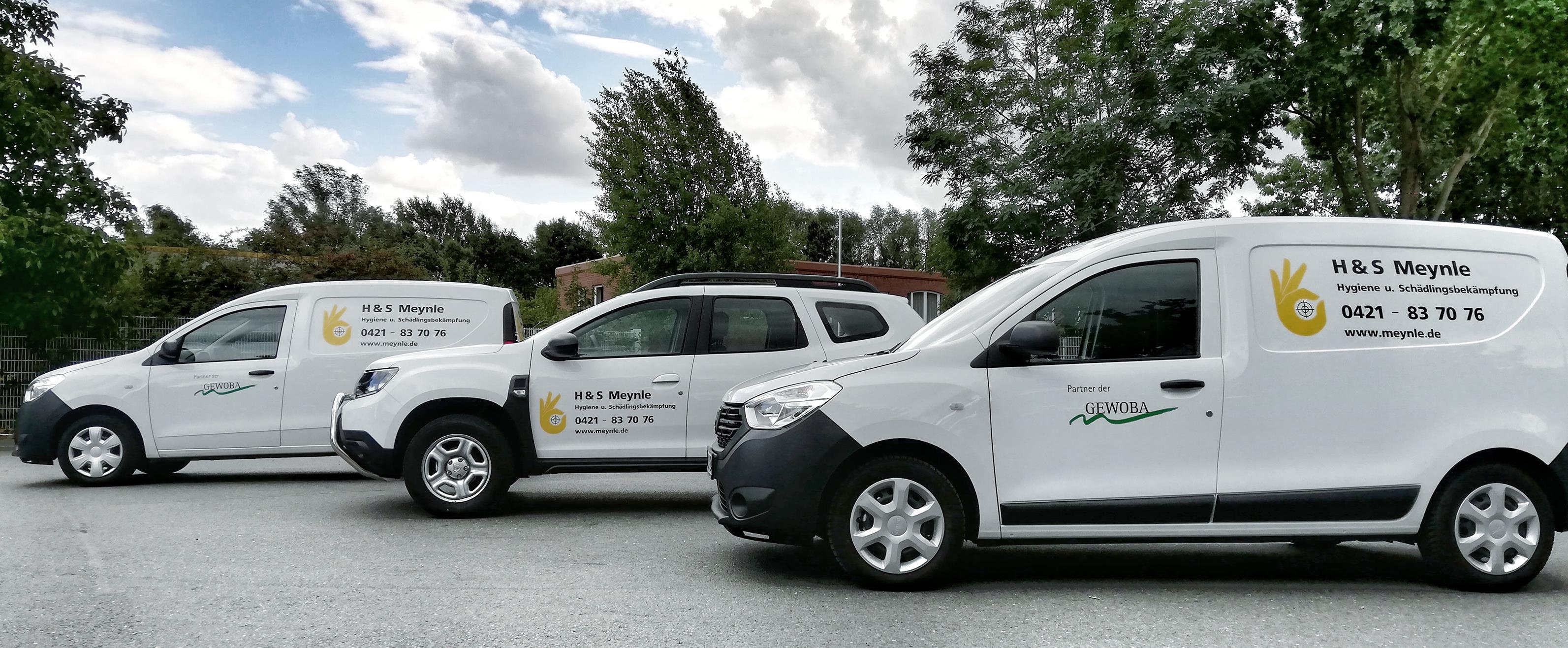Ein aufschlussreicher Einblick in den Arbeitsalltag eines klassischen Elektriker Betriebes.
Inhaltsverzeichnis
Bevor Gründer Nick Sonnenberg und Bertram Wildenauer mit der Entwicklung ihrer Handwerker-Software begonnen haben, führten sie unzählige Gespräche mit Handwerkern. Sie machten sich ein genaues Bild vom Arbeitsalltag in den klein- und mittelständischen Betrieben der Bau- und Handwerksbranche. Eines der ersten Interviews führten sie mit Roland Schmidt, einem guten Bekannten von CPO Nick, seines Zeichens Elektroinstallateur und bereits seit 1999 im Geschäft. Er erklärt uns heute nochmal, mit welchen Herausforderungen er als Projektleiter in einem mittelständischen Betrieb kämpft.
Roland Schmidt blickt auf eine ganz typische Karriere als Handwerker zurück. Nach der Lehre als Elektroinstallateur und dem Wehrdienst startet er im Jahr 2000 als Monteur bei einer 25-köpfigen Elektrofirma. Es folgen neun Jahre Baustellen und Kundenbesuche. Dann bietet ihm der Chef einen Posten als Projektleiter im Büro. Roland freut sich. Aber für ihn ist die Umstellung von der Montage an den Computer hart. “Rund 2 Jahre habe ich gebraucht, bis ich drin war. Aber heute machte es mir nach wie vor Spass”, meint Roland schmunzelnd.
Ablauforganisation für klein und mittelgroße Aufträge und ihre Macken
Auf Rolands Schreibtisch stehen zwei große Bildschirme, auf denen verschiedene Programme gleichzeitig laufen. “Am liebsten hätte ich noch einen dritten”, seufzt der Handwerker. Bei der Auftragsverwaltung ist er für kleine und mittlere sowie Serviceaufträge zur Instandhaltung und Wartung zuständig. Dabei wechselt der Projektleiter unablässig zwischen verschiedenen Programmen hin und her: Die Anfrage von der Hausverwaltung erhält er per E-Mail, das Angebot erstellt er mit der Handwerkersoftware, den Auftrag plant er in Excel, die Auftragsinformationen für die Handwerker ergänzt er mit Adobe und Google Maps. Alle Informationen für die Handwerker, die zu den Kunden fahren, werden ausgedruckt und schön sorgfältig in Auftragsmappen zum Wochenbeginn händisch übergeben. Die Monteure kommen Ende der Woche mit den von den Kunden unterschriebenen Leistungsnachweisen zurück. Bis diese vom Posteingang zu Roland zurückkommen dauert es noch ein paar Tage. Erst dann kann der Projektleiter den Leistungsnachweis mit der Planung in Excel abgleichen und im Idealfall direkt die Rechnung schreiben. Damit beansprucht der ganze Prozess von der ersten Kontaktaufnahme bis zur Rechnungsstellung im Schnitt in etwa vier bis fünf Wochen.
Die Lösung: der digitale Planungsprozess von Meisterwerk
So oder ähnlich läuft die Planung in vielen Handwerksbetrieben. Dabei wird viel selbst gebastelt und ausgedruckt. Entsprechend fehleranfällig und zeitintensiv ist der ganze Ablauf. Fehlt der Überblick, lässt sich auch die Planung nicht optimal vornehmen. Ein digitaler Planungsprozess, wie ihn die Meisterwerk-Software bietet, schafft hier Abhilfe. Die Software wurde praxisnah und in Zusammenarbeit mit Handwerksbetrieben entwickelt. Neben dem Praxisbezug zum Handwerkeralltag war den Gründern Bertram Wildenauer und Nick Sonnenberg vor allem eines wichtig: die Nutzerfreundlichkeit. Entsprechend einfach lässt sich die Handwerker-Software auf PC, Tablet oder Smartphone im Büro oder von unterwegs bedienen.
Und Roland Schmidt freut sich. Denn mit Meisterwerk reichen ihm seine beiden Bildschirme.


